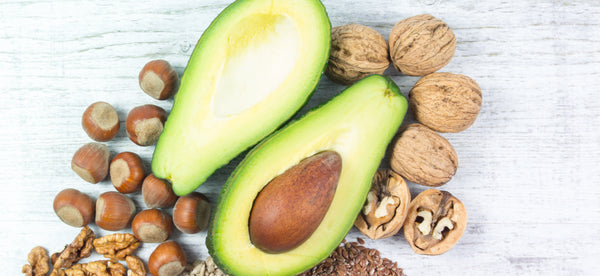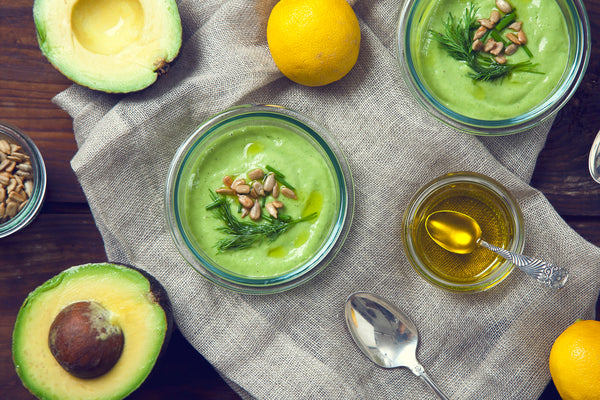


Foods grown from nature vary as much in their nutritional profile as they do in color, texture, and taste. We’re also learning more about the unique properties of plant-powered foods that are shown to protect against and even reverse chronic health issues.
But how can we take our plant-based meals to the next level? Well Within Beauty has curated a list of top ingredients you can use to boost the flavor and health benefits of everyday dishes, desserts, and snacks.
This versatile sea vegetable is used to add umami flavor to dishes like soups and grains, and it’s been said to taste like mushroom, bacon, and the ocean itself.
This ingredient is grown on molasses, then harvested, and washed and dried out to remove its leavening properties, so it works much differently than baking yeast.
Coconut aminos make for a wonderful soy sauce substitute, and can be used in place of tamari and shoyu. Made from coconut sap, this ingredient is both soy- and gluten-free.
Since its cooking equivalent, cornstarch, is often genetically modified, arrowroot offers a corn-free, nutrient-rich substitute. This root starch can be used as a thickener in place of cornstarch in recipes for gravy or pudding, for example.
Crave barbecue? Jackfruit is growing in popularity as a vegan meat substitute. The world’s largest fruit, which can be found at Asian markets, has a stringy texture, so it takes on the consistency and flavor of pulled beef or pork.
Agar-agar is a type of seaweed, but don’t be put off if you’re not a fan—it’s considered to be virtually tasteless and odorless. Its uses as a thickener and vegan gelatin substitute translate into delicious applications, such as homemade jello, candies, and even cheeses—and it’s Kosher.
Did you know that the reserved liquid from canned beans has a use all its own? This liquid is known as aquafaba, and it’s said that low-sodium chickpeas are the bean of choice for this ingredient. You can also reserve the cooking liquid from other beans.
If this sounds like celery, it’s because they’re related. Celariac is a root vegetable, but with a more intense celery flavor. It may seem intimidating, but look past the jumble of roots and you’ll see the beauty in its health benefits.
Miso is a paste typically made from fermented soybeans, barley or rice, salt, and a mold called koji. It adds a unique umami flavor to all kinds of dishes.
 NUTRITION
NUTRITION
 RECIPES: VEGAN OTHERS
RECIPES: VEGAN OTHERS
 NUTRITION
NUTRITION
Sign up today to receive weekly Beauty, Nutrition and Lifestyle tips, exclusive offers, and 10% off your first purchase.
Our beauty and wellness brand offers support, services and products to help you become WELL WITHIN your skin, mind and body.
Sign up today and receive your special Friends and Family 20% off your first purchase, valid until May 31, 2017.
Stay Ever Well,
Lynne + Renee
Co-founders
Thank you for signing up today to receive weekly Beauty, Nutrition and Lifestyle tips, exclusive offers and your special Friends and Family 20% off your first purchase, valid until May 31, 2017.
Stay Ever Well,
Lynne + Renee
Sign up today to receive weekly Beauty, Nutrition and Lifestyle tips, exclusive offers, and 10% off your first purchase.
Leave a comment
Comments will be reviewed prior to posting.